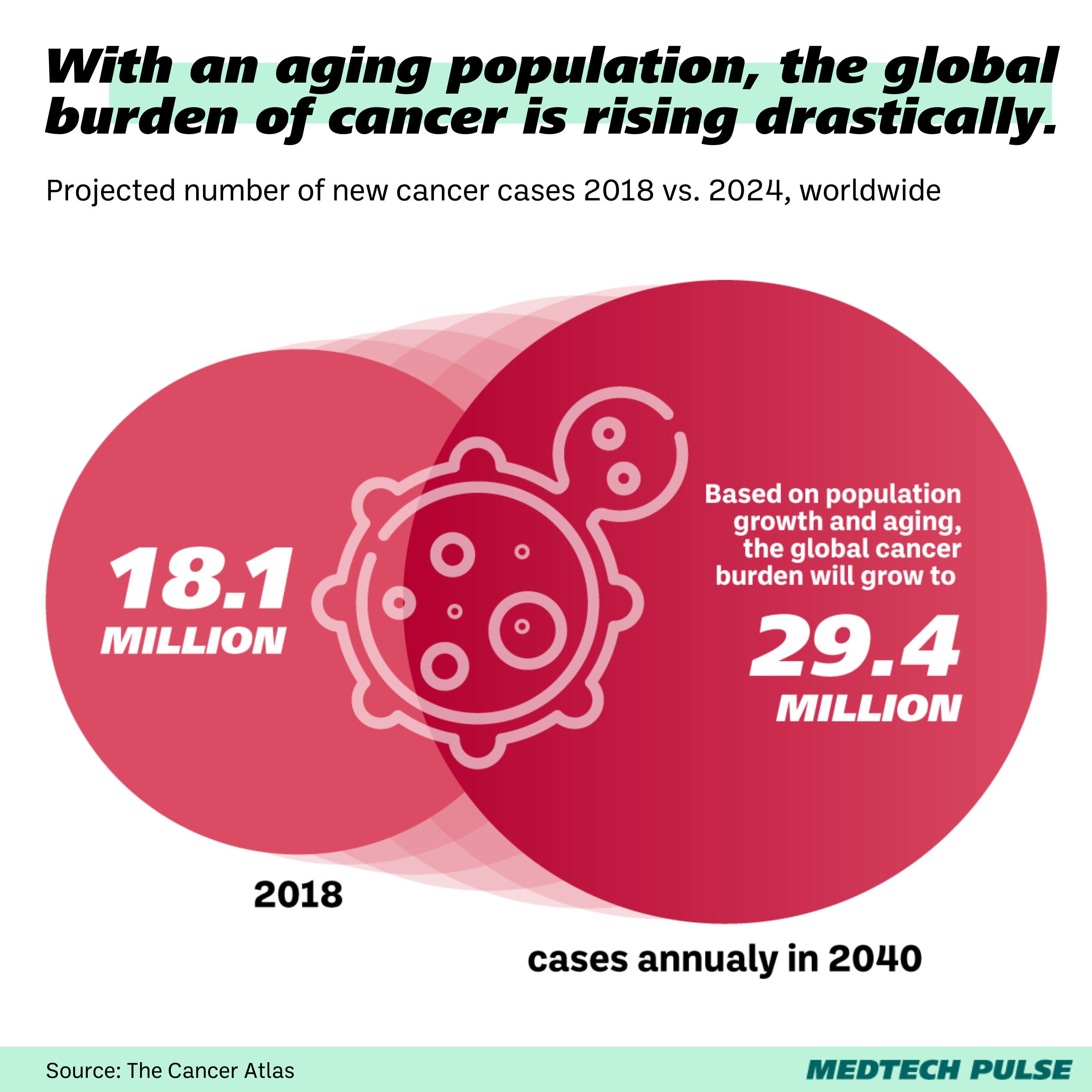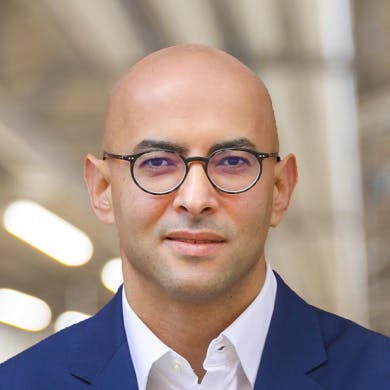Making and breaking the rules of cancer prevention
Do you ever watch films from the seventies, eighties, or nineties and think: Wow, these behaviors are so dated? I especially notice this when characters are smoking inside a restaurant—or on an airplane!
This is what I thought of this past weekend, on World Cancer Day.
If you’ve been reading MedTech Pulse for a while, you know cancer prevention is a topic I’m personally passionate about. I’ve shared with you my thoughts on cancer screenings and the cancer treatment status quo.
This week, I’d like to again consider cancer prevention. But let’s take it out of the box.
With an aging and growing global population, we’re facing a growing global cancer burden.

But I don’t believe all of that cancer is inevitable. A lot of cancer prevention hinges on something simple: what we allow. In other words, rule-making.
Let’s start with the most traditional form of cancer prevention-related rule-making: Screening recommendations.
These age- and risk-factor-based recommendations are based on studies and population health data, but they are not always a perfect match. For instance, this week’s Chart of the Week underscores rising colorectal cancer (CRC) rates in adults under 50—for whom CRC screening recommendations often only begin at age 45.
Next, let’s take our look at cancer prevention rule-making on the industry level: Laws and regulations.
In our last edition, we discussed air pollution—and how our industry can help fight it. Now, the FDA has approved a new, non-carcinogenic alternative to ethylene oxide sterilization: vaporized hydrogen peroxide. However, the transition is not (yet) required by law.
Though a less harmful option exists, official rule-making is likely to make the difference in encouraging or even forcing companies to comply.
Another clear instance of regulation and adoption lies with AI.
One of the most meaningful ways we can take advantage of technology to prevent cancer is harnessing the diagnostic and predictive power of AI. Our first Insight this week covers one such tool in the realm of skin cancer screening.
With air pollution regulation, cancer prevention appears more direct. Yet, when it comes to AI, regulation and increasing trust in the technology is an indirect—but essential—pathway to increasing our cancer prevention arsenal.
With cancer prevention, it’s not enough to be creative in developing technology. After all, the availability of a life-saving tool doesn’t mean it’ll be used. We must also be creative in our behavior-enforcing rule-making.
I like to imagine that one day, a few decades from now, we will look back at today and be similarly shocked as when we watch films from the eighties now. We’ll see both the behaviors that we see today as either cancer-preventing or cancer-causing and wonder how we could’ve lived that way, been so naive.
That awareness is an undeniable marker of progress—progress our world deserves.
